10 Best Java Web Frameworks To Use In 2023
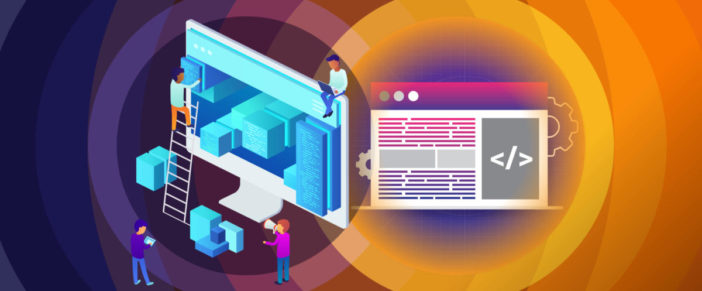
If you are a java developer, then you are already aware of the sheer amount of java web frameworks that are out there. That is why we’ve made this list for you. These are the ten best java web frameworks, frameworks that will last a long time, and support you in whatever you need to do regarding modern java web development.
What is Web Framework?
Web Framework is a program that allows you to develop web applications. The framework aspect denotes a system or structure that you can modify to easily develop new applications for a specific piece of software. It simplifies the whole “building” process, so instead of having to make a number of lengthy and complex alterations to the entire software, you can simply use the framework to make specific changes, without having to rewrite all of the code.
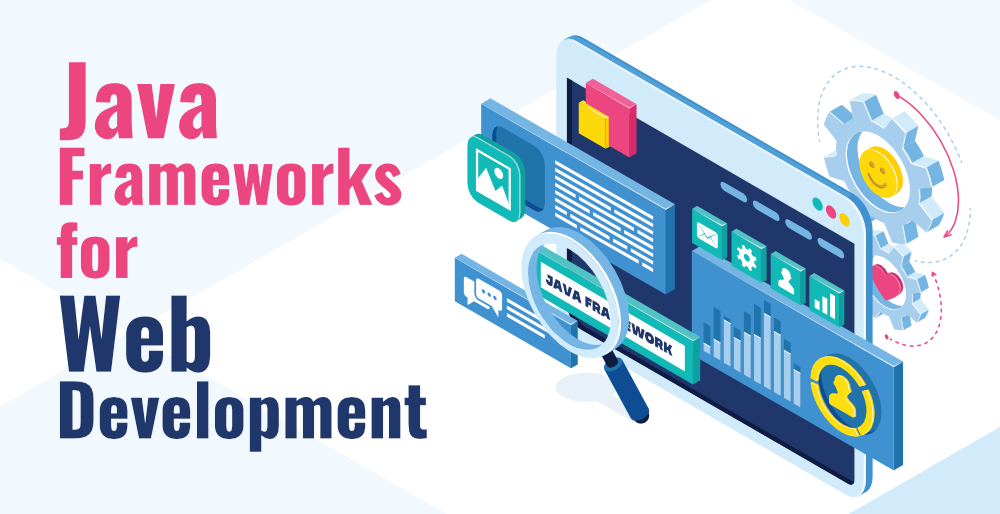
10 Best Java Web Frameworks to Use in 2019
1. JSF – JAVASERVER FACES:
JavaServer Faces is supported by Oracle, and as such, it comes with some very in-depth, complex documentation. When reading this information, you’ll notice that you can use this framework for whatever you wish to create in the Java programming language.
This isn’t the easiest framework to use, nor is it the speediest. However, the big benefit of JavaServer Faces is the wonderful documentation that Oracle has created. Oracle has lead the industry for many years, so they are quite reliable and trustworthy.
Pros:
- Supported By Oracle
- Comes With Fantastic Documentation
- Excellent Tools
- Rich Libraries
- Convenient If You Use IDE’s
Cons:
- Slightly Complex
- Need Prior Experience
- Slow For Development
2. STRUTS
Struts is a free, open-source framework that is used to create elegant, aesthetically pleasing Java applications. It is used to develop the foundation of a web application, and it functions on a pattern known as “MVC,” which means Model-View-Controller. In terms of support, there is quite a bit of it, but it’s less “industry-standard” than, for example, JavaServer Faces due to being open source and not having the support of one of the software industry’s leaders.
Struts is a fairly multifaceted framework and it does take a while to get the hang of it. That being said, it makes for fast development and testing due to being able to immediately implement new segments of code and new elements that you can easily add.
Pros:
- Free And Open-Source
- Fast Development
- Easy To Test New Code
Cons:
- Many Rules
- Complex Framework
- Not Very Flexible
3. HIBERNATE
Hibernate is not a Web Framework, but an ORM framework known for being a high-quality and powerful option to deal with database access. As for the specifics of the framework, Hibernate is a device for object-relational mapping, which, in Computer Science, is a means of converting data between two systems that are incompatible, and getting them to work with each other through object-oriented programming languages. In this case, of course, the programming language in question is Java.
You can use Hibernate to communicate with any database that you have, utilizing only a slight change or two with the overall code of your web application. This is incredibly convenient and useful if you tend to work with multiple databases that are otherwise incompatible or difficult to use.
Pros:
- Very Powerful
- Easy To Convert Data For Multiple Databases
- Speedy
- Easy To Scale
- Easy To Configure And Modify
Cons:
- Slow To Restart
- Easy To Lose All Of Your Data
4. GWT – GOOGLE WEB TOOLKIT
Google Web Toolkit comes directly from your favorite search engine, Google! It is an open source tool that enables you to easily develop and modify front-end Java applications, regardless of how complex these applications are.
Google Web Toolkit is the fact that it is developed by Google, and as such, it has a lot of support, a lot of great documentation, and the whole thing feels professional well-developed and thorough in its execution.
Pros:
- Easy To Use
- Accessible
- Develops Very Responsive Applications
- Balances The Load On Server And Client-Side Systems
- Excellent Documentation
Cons:
- New Versions Are Constantly Being Created
- Compiling Is A Slow Process
5. VAADIN
The Vaadin framework is open-source and licensed by the Apache Software Foundation, a nonprofit that has been instrumental in the creation and sustenance of tools for programming languages such as Java and C++. As such, this is a very useful, powerful framework that you can use, and there is an incredibly active worldwide community that you can turn to for guidance.
Pros:
- Many Different Plug-Ins
- Supported By Apache
- Good Documentation
- Lots Of Support On The Forums
- Uses Server-Side Programming
- Enables You To Create Rich And Interactive Web Interfaces
- You Can Use Google Web Tools And Ajax
Cons:
- Easy For Code To Become Overly Lengthy And Complex
6. WICKET
Wicket – also known as “Apache Wicket” due to heavy support from the Apache Software Foundation – is a lightweight Web Framework built for designing simple, but elegant web applications in a component-based language that is very useful and responsive. It’s open-source, server-side, and all of the code in this Web Framework is scripted in Java, which makes things significantly easier when it comes to doing all of the scripting and alterations that you may need to make.
You can easily integrate it with HTML, which allows for elegant and simple HTML pages that lack an excess of complexity, making this a perfect framework for Web Designers.
Pros:
- Supports Java And HTML
- Easy To Maintain Code
- Easy To Test Specific Components Of Your Code
- Makes Elegant And Simple Pages And Applications
- Lots Of Support And Documentation
Cons:
- Convoluted Development Process
- Takes A While To Fully Learn The Framework
7. VERT.X
Vert.X is a Web Framework that is very broad in its capabilities. It supports many languages, but the one that it is primarily optimized for is Java. However, if you use Ruby, Ceylon, Groovy, or JavaScript, then you can use all of those on Vert.X, as well. There are many different components of Vert.X, and each one is modular, which allows you to use the things that you like or need in order to write your web application, and discard the rest.
Pros:
- Really Easy To Set Up
- Supports Many Languages
- Highly Modular – Use What You Like, Discard The Rest
- You Can Use Any Library You Want
Cons:
- Difficult To Scale Onto Larger Systems
8. SPRING MVC – MODEL VIEW CONTROLLER
Spring MVC is one of the oldest Java Web Frameworks, but it’s also one of the best. To this day, it is used, and this is because it is constantly adapting and improving upon specific changes and developments with Java.
Pros:
- Excellent Documentation
- Extremely Helpful Community
- Broad And Expansive Toolkit For Any Project You Might Have
- Enables You To Write Clean And Accessible Code
Cons:
- Steep Learning Curve
- Requires Quite A Bit Of Pre-Existing Knowledge Before Using
9. PLAY
Play is a very simple and easy to use Web Framework. The general idea behind Play is to allow you to make changes as swiftly and as easily as possible, with minimal effort on your part.
Play is built on the Akka toolkit, which is a very popular open-source toolkit that runs on the Java Virtual Machine, and it comes equipped with the same basic features and tools, but executed in a far more user-friendly manner that enables you to easily write, design, and test the applications that you are developing, all while maintaining a productive and cohesive workflow. Many developers swear by it, and insist that it has actually improved their productivity by a significant amount, due to the simplicity and the ease of use.
Pros:
- Improves Your Productivity Greatly
- Easy Workflow
- Flexible Tools
- Everything Works Well When You Start It
- Excellent Resource Management
- Easy To Scale Software
Cons:
- Few Improvements Have Been Made Over The Years
10. GRAILS
Grails is a very dynamic Web Framework that enables you to immediately start writing the code for your web application, whatever it may be. It’s used within the Java Virtual Machine, and it comes equipped with a variety of powerful tools such as asynchronous programming, Compile-time metaprogramming, along with run-time and domain-specific languages that you can use.
One of the best things about the Grails Web Framework is the fact that it works for any size project, and there are so many supported plugins that allow for that project to be executed smoothly and rapidly, and you can test your developments and modifications out just as easily.
Pros:
- Easy To Set Up
- Over 900 Plugins
- Excellent Documentation
- Easy To Use
- Works For Any Size Of Project
Cons:
- Forced To Use Runtime Language
WHICH ONE DO I CHOOSE?
Each Web Framework that we have listed contains its own pros and cons, as we have listed. One thing to take into consideration is the nature of your web application project, how many people are working on it, and the exact purpose of it. Depending on the scale of your application. To choose, simply consider the nature of your application, the scale of the application, and your experience with using Web Frameworks and writing web applications in Java. Then, choose which one works best for you!
Aegona - The best java web outscouring development company
Aegona is an IT service company based in Ho Chi Minh city, VietNam. At Aegona they provide Software Development, Software Testing, Automation Testing and Software Maintenance services for North America, Japan, Singapore and VietNam
Read more: TOP 05 SOFTWARE OUTSOURCING COMPANIES IN VIETNAM 2023
We hope you can find the best partner for your business. Any suggestions or questions need advice please contact us via:
- [email protected]
- +84 28 71092939 | Hotline: +84 933 848989
- www.aegona.com
- Aegona Ltd
- Floor 4th QTSC Building 9, Quang Trung Software City, District 12, Ho Chi Minh City, Viet Nam
Source: Javapipe
related post
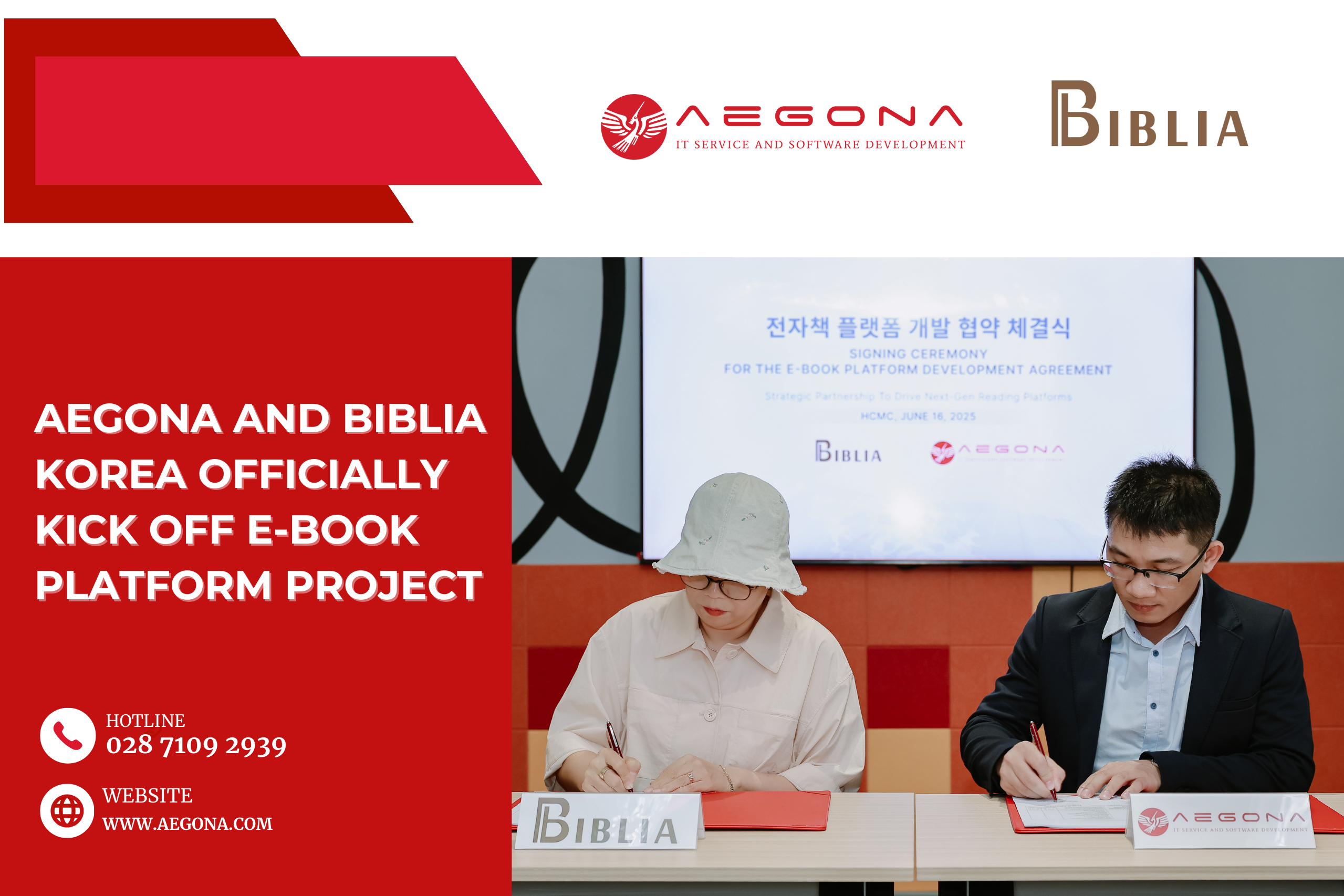
On June 16, 2025, following a series of technical discussions and alignment on technology directions, Aegona and Biblia officially signed a strategic cooperation agreement to develop a comprehensive digital publishing platform that integrates both E-books and Audiobooks.
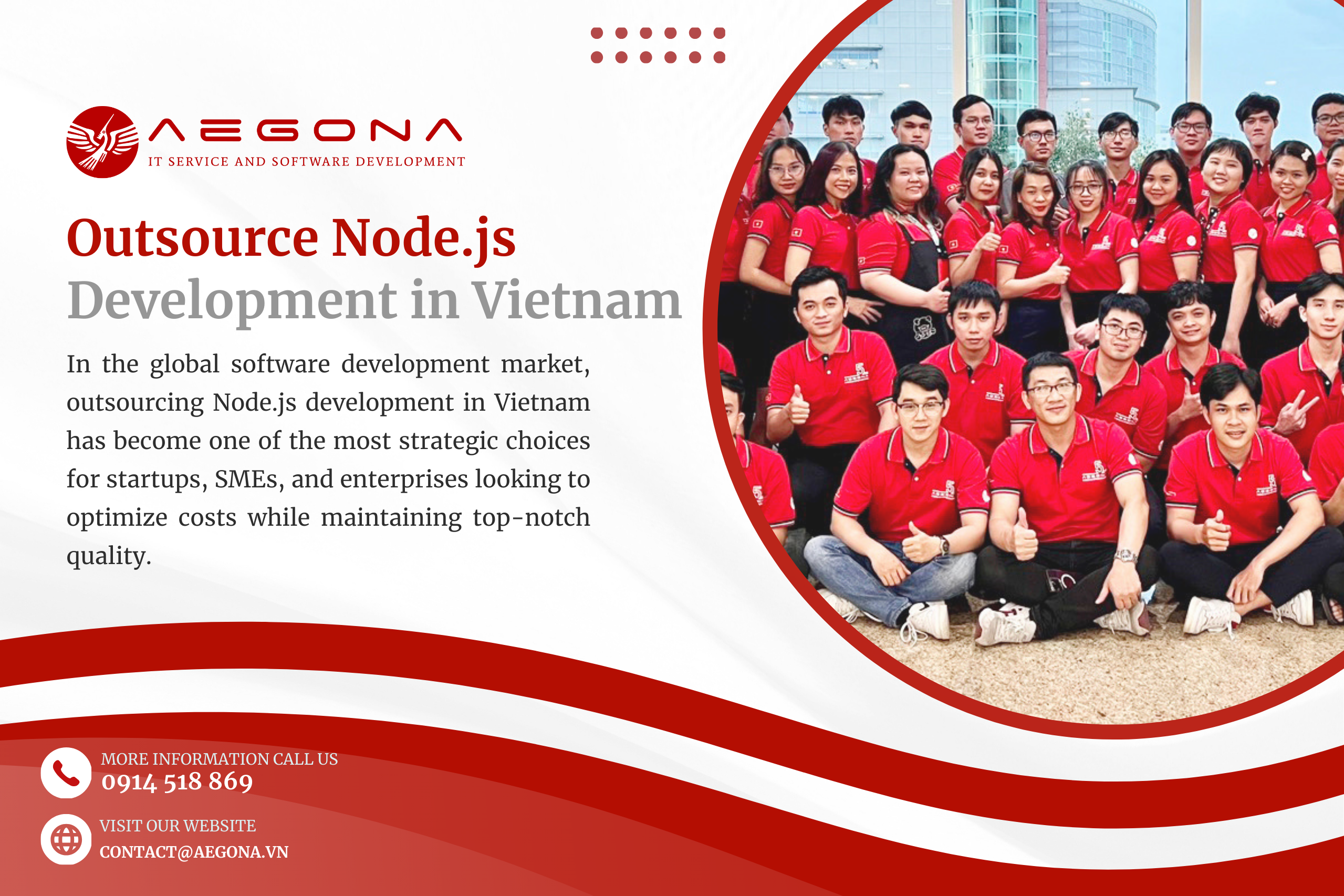
In the global software development market, outsourcing Node.js development in Vietnam has become one of the most strategic choices for startups, SMEs, and enterprises looking to optimize costs while maintaining top-notch quality.
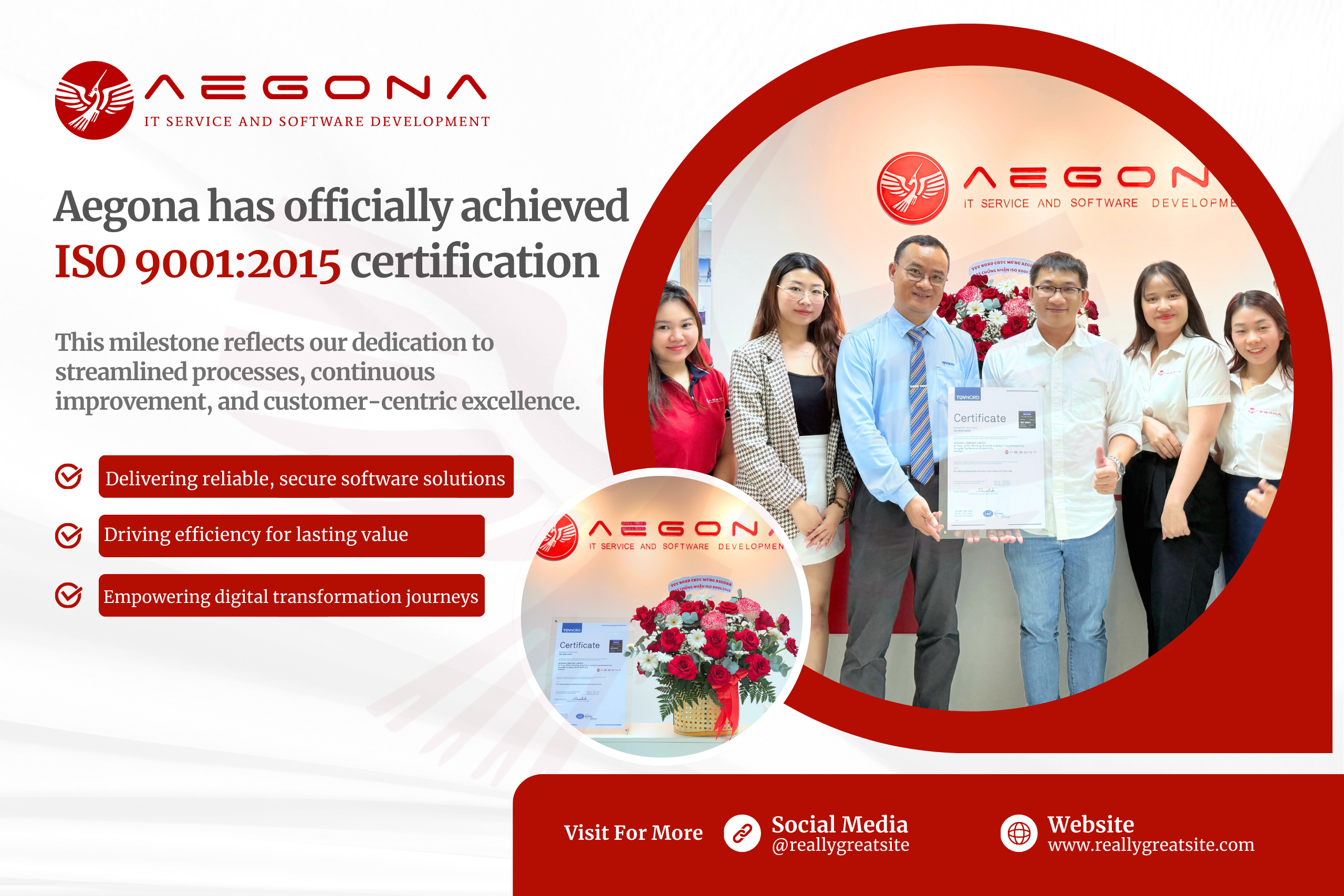
We are proud to announce that Aegona has officially achieved ISO 9001:2015 certification, an internationally recognized standard for quality management systems.
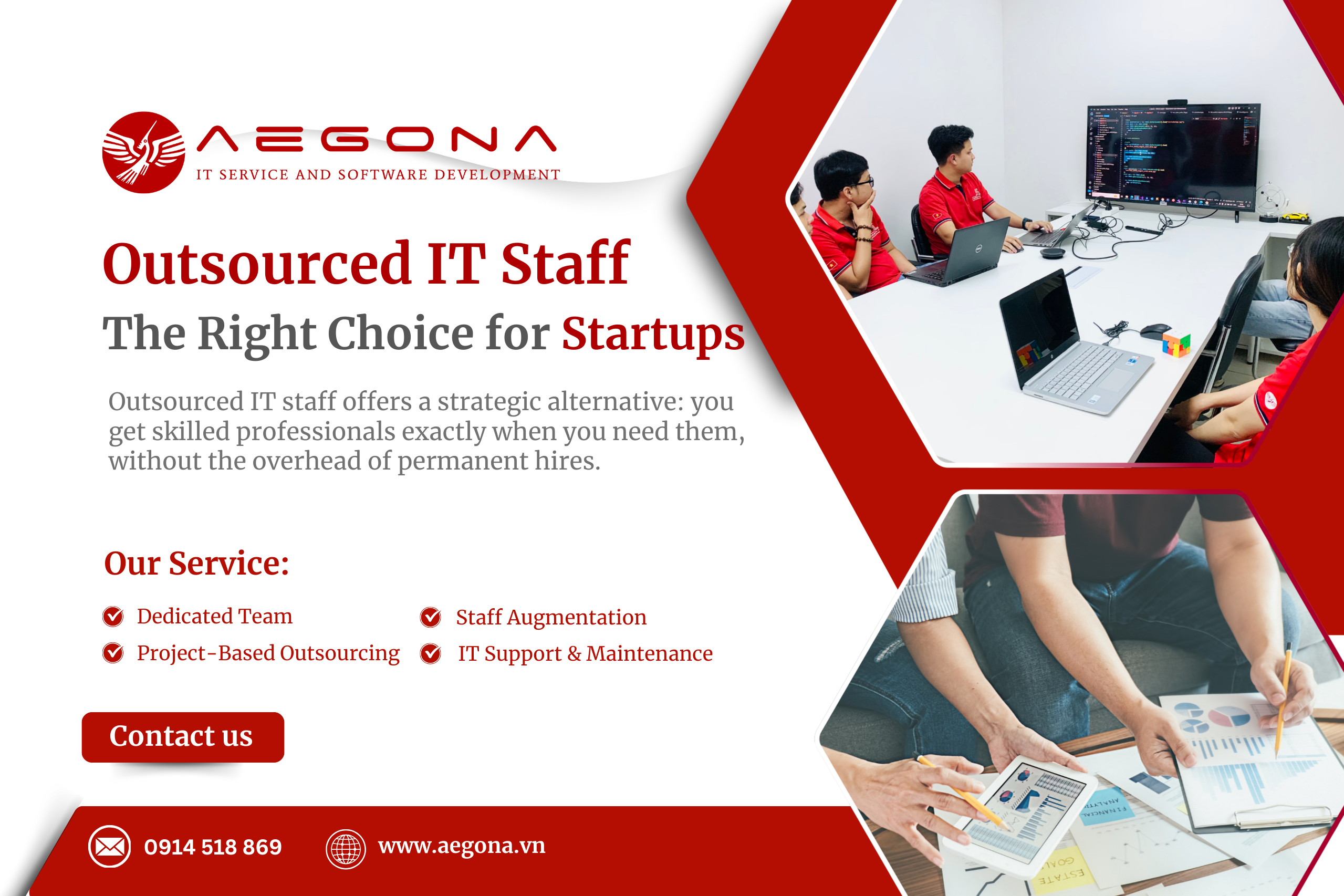
Outsourced IT staff offers a strategic alternative: you get skilled professionals exactly when you need them, without the overhead of permanent hires.
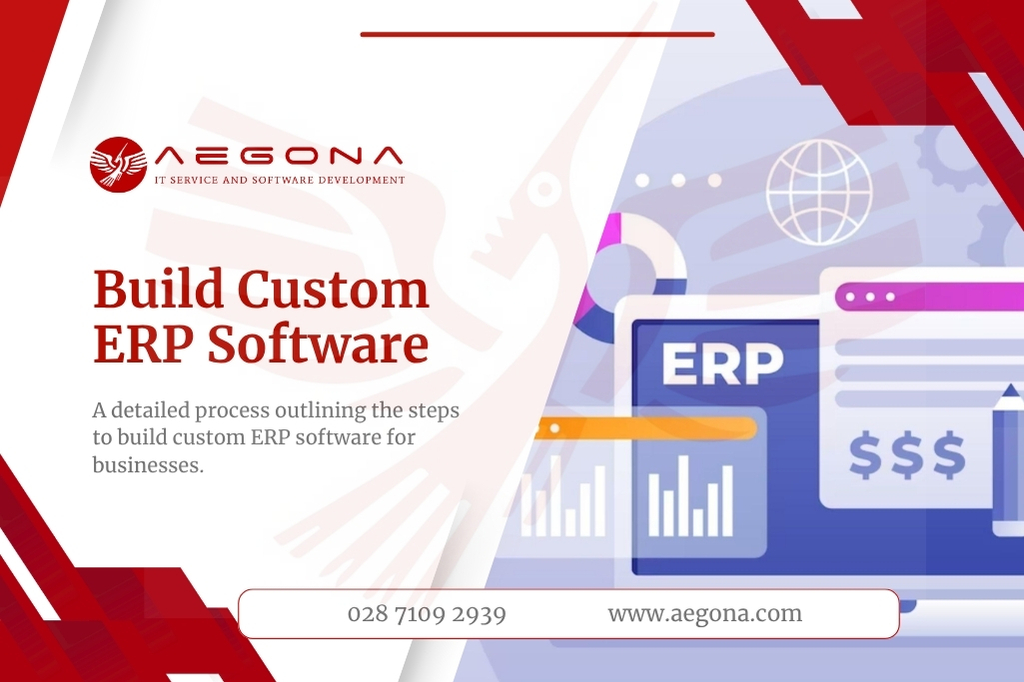
Build custom ERP software to streamline operations, boost efficiency, and fit your business needs. A complete step-by-step guide.
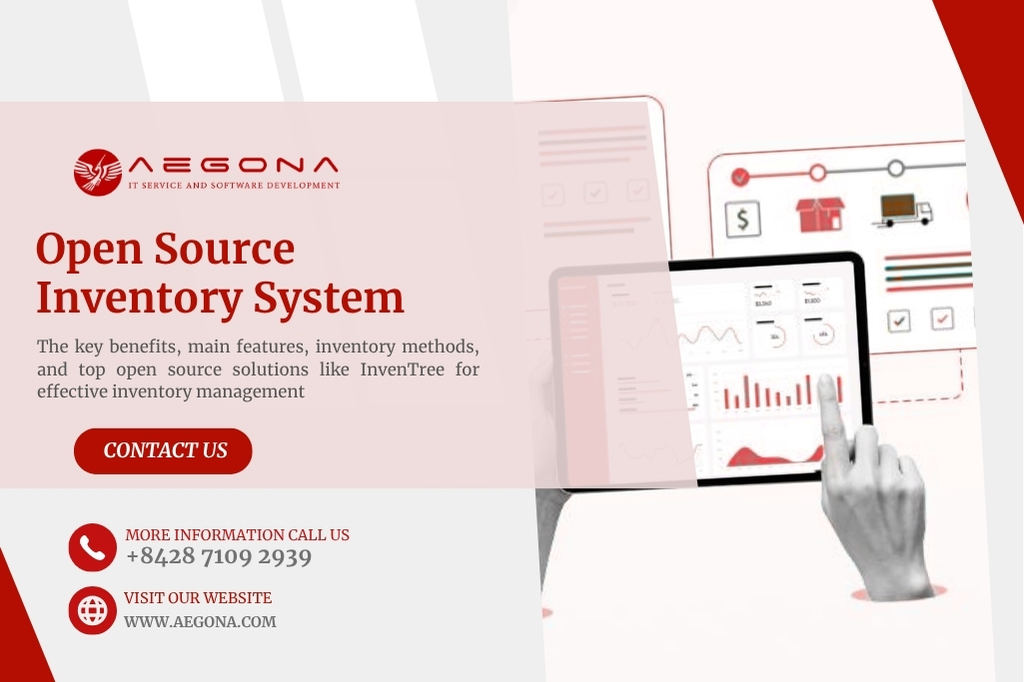
Discover the best open-source inventory systems like InvenTree. Learn key features, benefits, and tools to optimize warehouse and inventory operations.
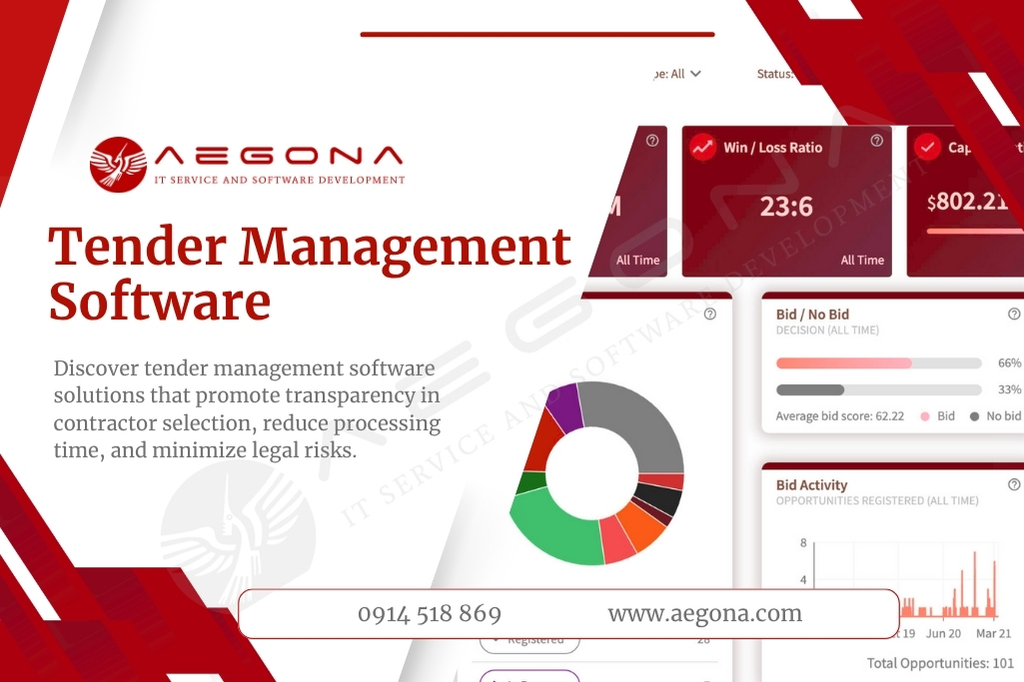
Discover how Tender Management software streamlines bidding, boosts efficiency, and when to choose a custom-built solution.
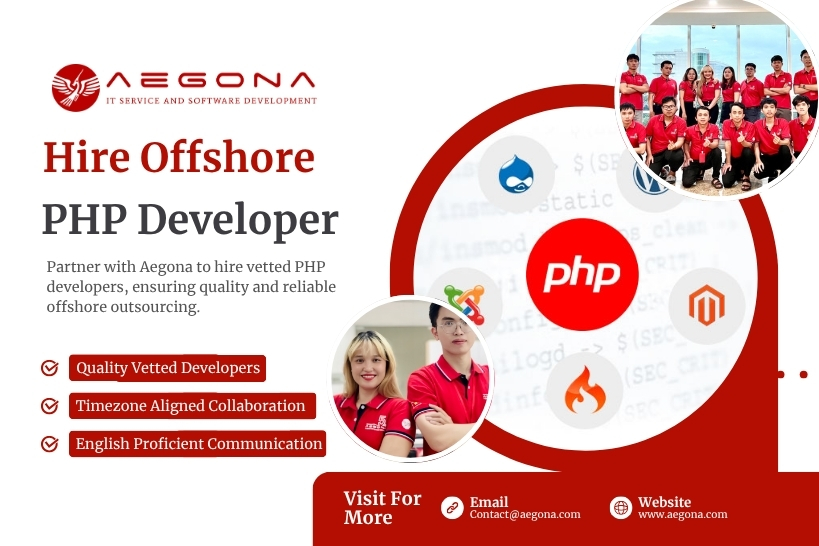
Discover the benefits of hiring offshore PHP developers in Vietnam and explore a step-by-step process to build a skilled, cost-effective development team.
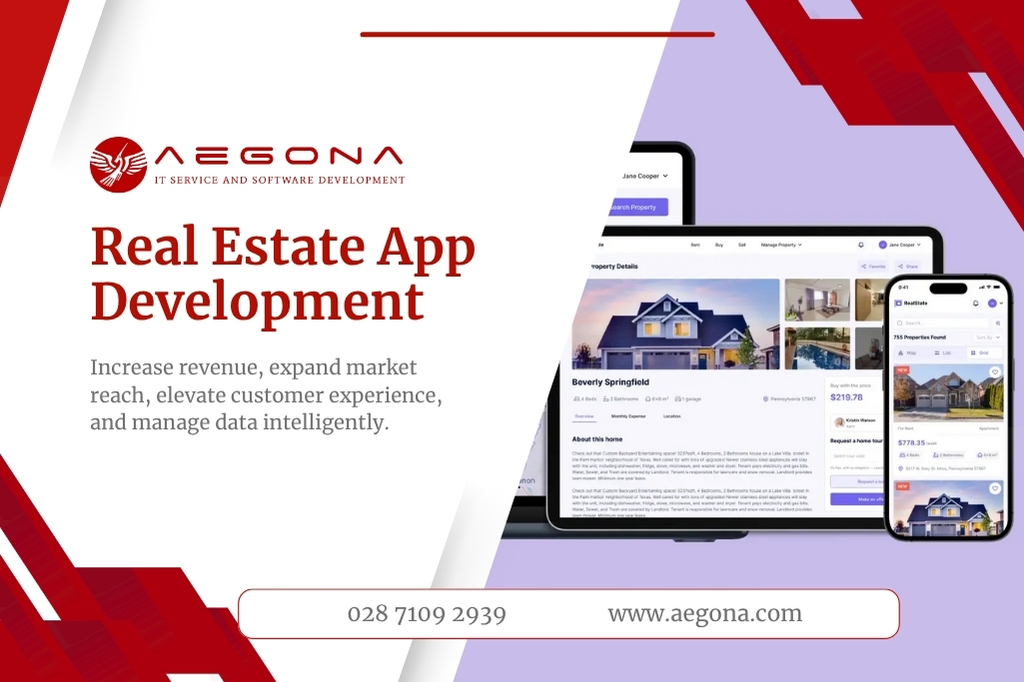
Discover the key benefits and features of real estate app development in Vietnam for businesses aiming to grow in the digital property market.
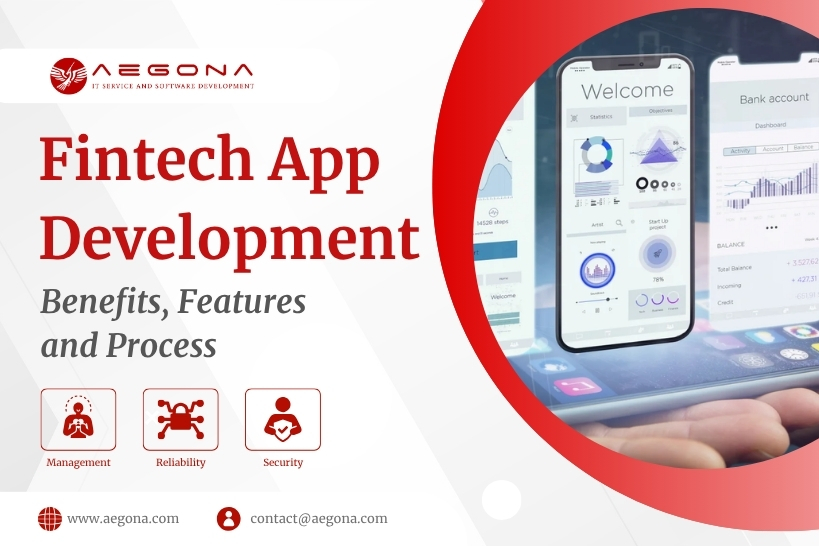
Custom FinTech app development for banking, insurance, payments & more. Secure, scalable, and tailored to your business.
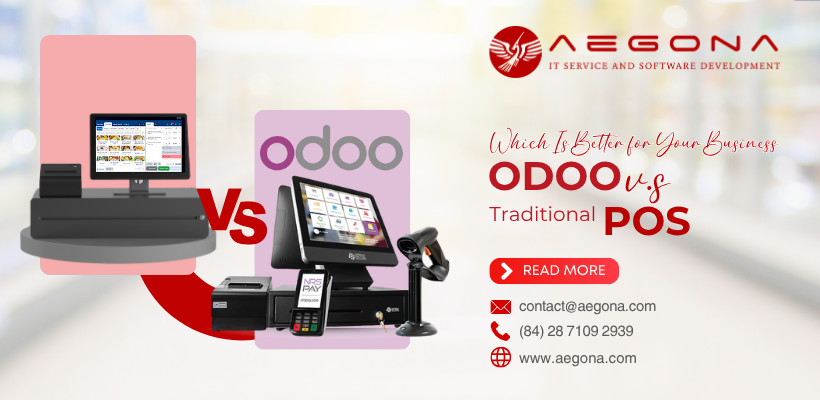
Odoo POS software is becoming an effective alternative to traditional POS systems thanks to its flexible integration capabilities and reasonable cost. Using sales management software plays an essential role in optimizing business operations. This article will help you compare Odoo software and traditional POS systems to find the most suitable option for your business.

the trends, AEGONA highlights 5 IT outsourcing trends expected to accelerate by the end of 2025 — and based on those, suggests four updated business strategies to help Vietnamese firms stay ahead of the game.
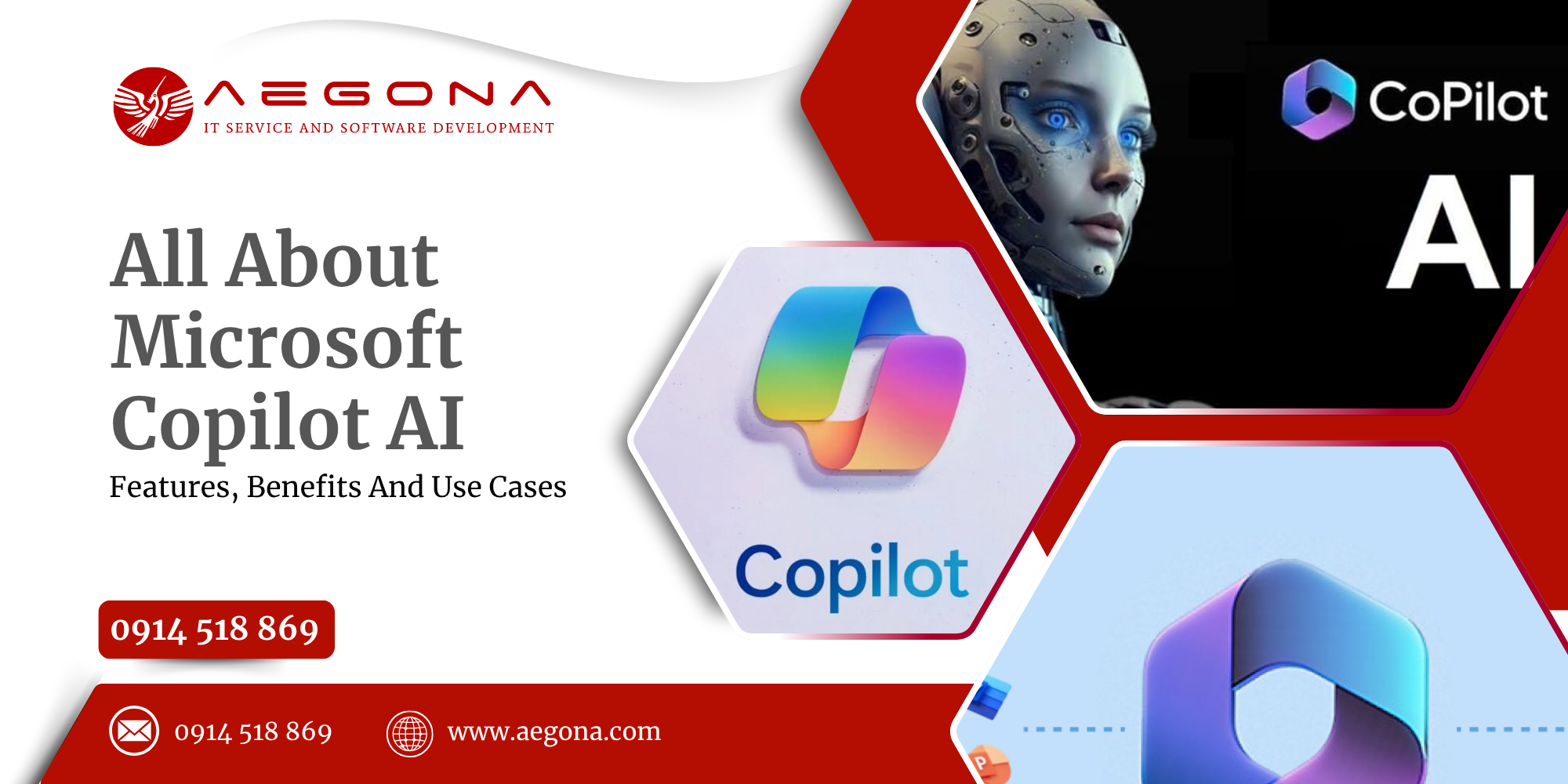
Alongside other big names riding the AI wave, Copilot AI is gaining increasing attention. It’s becoming an indispensable assistant for businesses aiming to accelerate workflows, minimize errors, and optimize operations. So, what exactly is Copilot AI? How does it work, and what benefits does it bring? Let’s explore the full picture below.

RAG LLM Solution (Retrieval-Augmented Generation) seamlessly combines data retrieval with large language models (LLMs) to enable AI systems to deliver accurate, rapid responses, creating optimal user experiences. Aegona proudly stands as a leading software development company specializing in RAG LLM solutions that empower businesses to maximize the potential of AI for sustainable growth.
